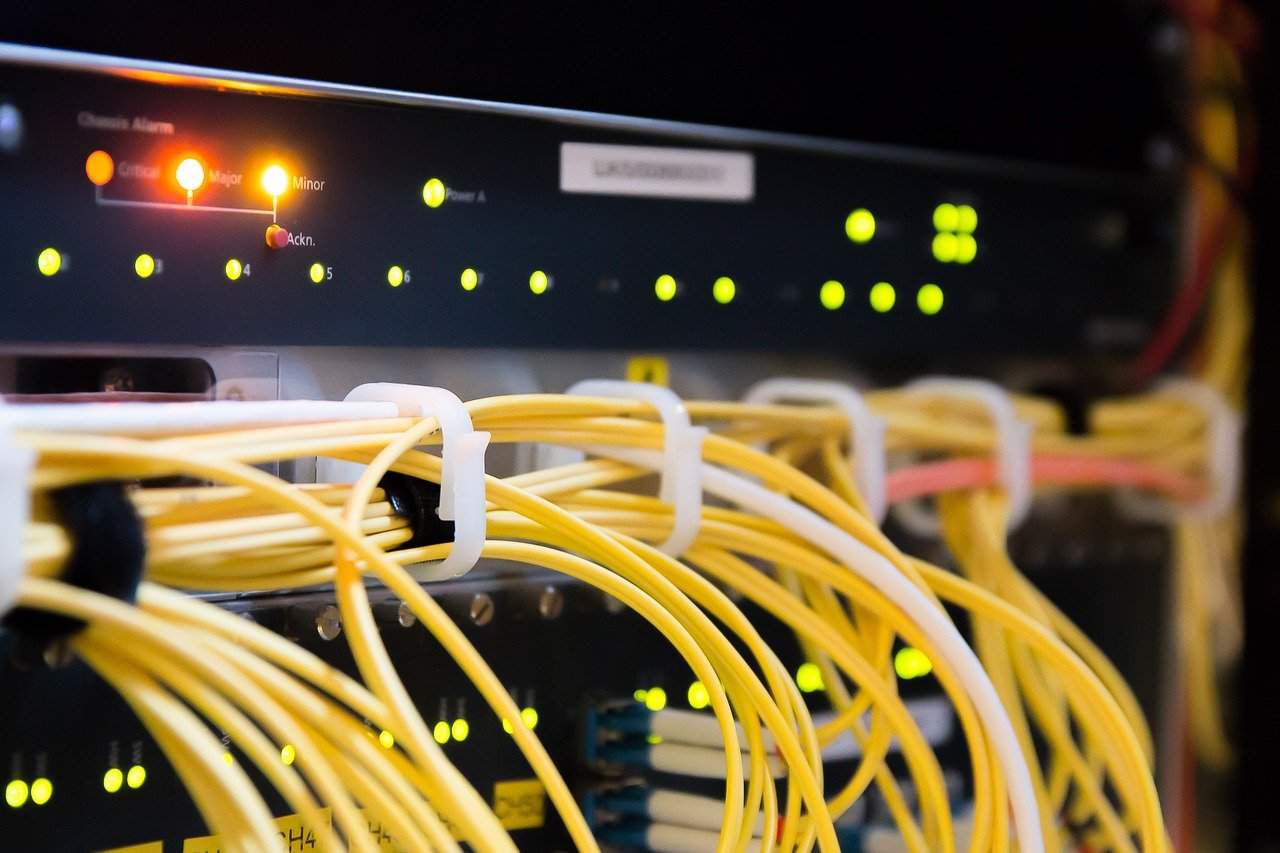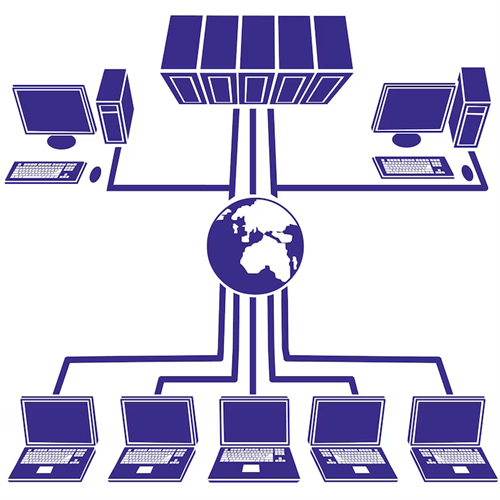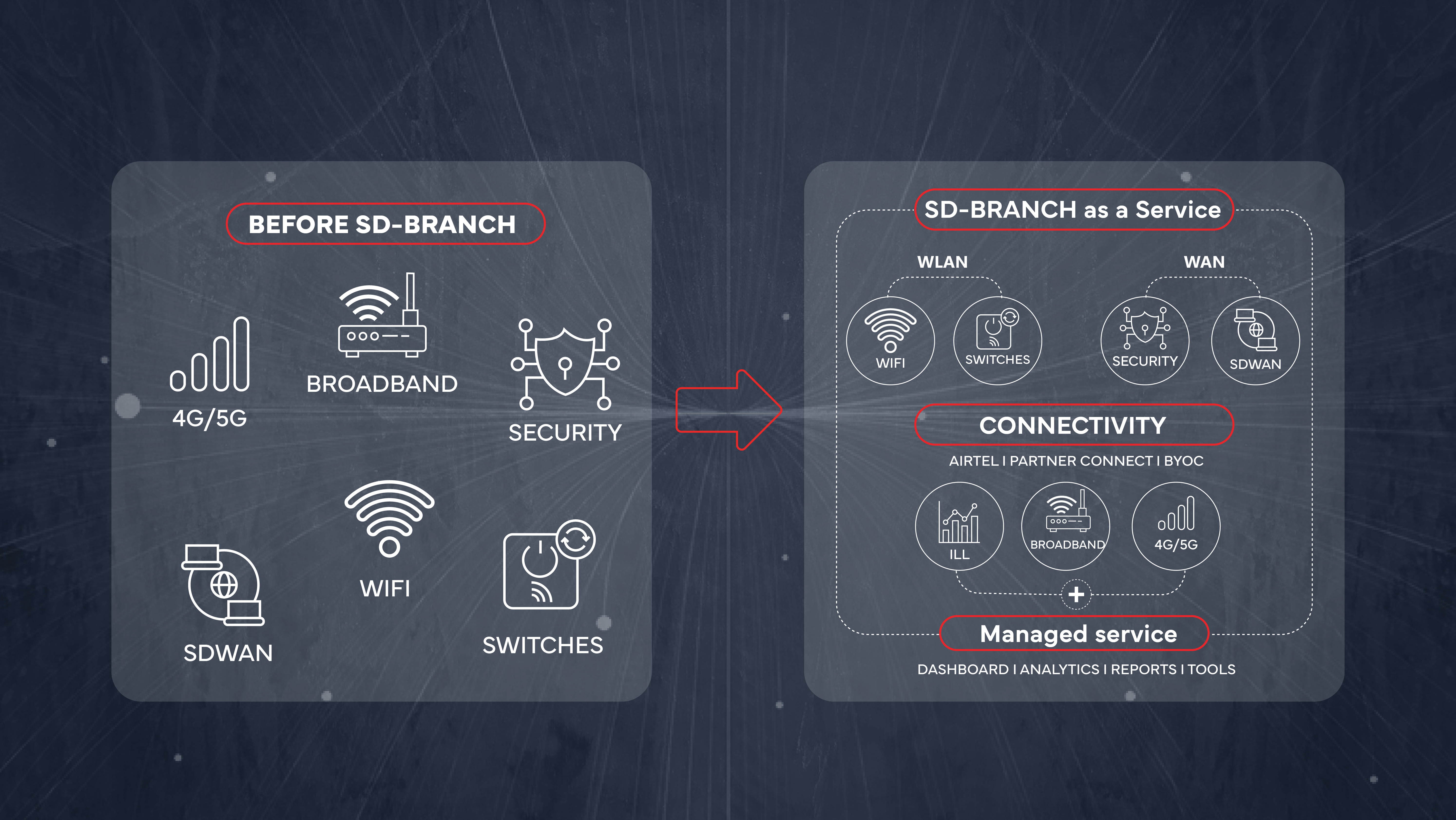Leased Line vs Broadband: Demystifying Truth vs Hype
-
July 18, 2022
-
7 min read

With businesses relying more on digital tools, the distinction between leased lines and broadband internet has gained significant attention. While broadband is preferred for residential use, leased lines are often regarded as the ultimate business connectivity solution.
This comparison outlines the core differences between broadband and leased lines, including bandwidth allocation and service level agreements (SLAs). It provides a clear basis for selecting the option that best aligns with specific business requirements and budget constraints.
What Is a Leased Line?
A leased line is a dedicated, point-to-point data connection between your business premises and your internet service provider’s (ISP) nearest point of presence (PoP). Unlike broadband, which is shared among multiple users in an area, a leased line is exclusively yours. This means you get guaranteed bandwidth that doesn’t fluctuate with network traffic.
Dedicated Bandwidth and Symmetric Speeds
The main advantage of leased lines is their dedicated bandwidth, which is unaffected by other users, even during peak times. They also provide symmetric speeds, ensuring equal upload and download rates. This is essential for:
- Cloud computing and data backup
- Video conferencing and VoIP
- Large file transfers and remote collaboration
SLA-Backed Uptime and Enterprise-Grade Support
The key advantage of leased lines is the inclusion of comprehensive service level agreements (SLAs). Unlike broadband plans, which are largely best-effort, leased lines come with contractual guarantees on:
- Uptime (often 99.9% or higher)
- Latency and packet loss
- Mean time to repair (MTTR)
Failure by the ISP to meet defined SLAs generally entitles the customer to service credits or compensation. Leased line customers also benefit from priority support, dedicated account managers, and continuous 24/7 network monitoring.
Common Business Applications
Given their performance and reliability advantages, leased lines are commonly used for:
- Connecting branch offices and data centres
- Running mission-critical applications
- Supporting high-volume e-commerce transactions
- Enabling remote work and video collaboration
What Is Broadband?
Broadband is a high-speed internet service, widely available to homes and businesses. It is delivered over shared infrastructure, such as telephone lines (DSL), coaxial cables (cable internet), or fibre-optic cables (fibre broadband).
Shared Connectivity and Contention Ratio
The key difference between broadband and leased lines is that broadband bandwidth is shared among multiple users in a locality. Leased lines offer dedicated connectivity. For example, up to 50 users may be using the same bandwidth at any given time in a shared connection. The more users sharing the connection, the more likely you are to experience slowdowns during peak hours.
Asymmetric Speeds and Best-Effort Service
Most broadband plans offer asymmetric speeds, with downloads typically much faster than uploads. This is fine for general web browsing and streaming, but can be a bottleneck for cloud backup or video calls. Moreover, broadband is usually provided on a best-effort basis without strict SLAs. So while you may be promised “up to” a certain speed, actual performance can vary.
Broadband Types
Office Broadband connections vary in speed, reliability, and infrastructure.
Key types include:
- DSL: Uses telephone lines; slower but widely available.
- Cable: Transmits via coaxial cables; faster than DSL, but shared bandwidth.
- Fibre: Offers the highest speeds and reliability; ideal for high-demand usage, though availability may be limited.
What Is the Difference Between Leased Line and Broadband?
Leased lines and broadband differ significantly in performance, reliability, and cost. These distinctions directly impact business connectivity and operations.
| Factor | Leased Line | Broadband |
| Bandwidth | Dedicated, uncontended | Shared, contended |
| Speed | Symmetrical (equal upload/download) | Asymmetrical (faster download) |
| Latency | Low and consistent | Higher and variable |
| Uptime | SLA-backed (typically 99.9 %+) | Best-effort (no guarantees) |
| Security | Private, point-to-point connection | Shared public network |
| Support | Dedicated account manager, 24/7 monitoring | Standard business support |
| Installation | Longer lead time (30-90 days) requires a site survey | Quicker setup using existing infrastructure |
| Cost | Higher monthly fees and one-time installation charges | Lower monthly fees may have setup costs |
Debunking the Myths: Truth Behind the Hype
Although leased lines offer superior technical performance compared to broadband, misconceptions exist around both options. The following clarifies common myths to support informed decision-making.
Myth 1: Broadband is Fast Enough for Most Businesses
Reality: While broadband speeds have significantly improved, they still lack the reliability offered by leased lines. Contention and peak-hour slowdowns can disrupt critical applications like video calls or payment processing. Plus, upload speeds often lag, which is a problem for cloud-heavy businesses.
Myth 2: Leased Lines are Only for Large Enterprises
Reality: The notion that leased lines are only for big corporations with deep pockets is outdated. With increasing competition and newer technologies like Ethernet over MPLS, prices have become much more affordable. Even SMBs with modest bandwidth needs can now justify the cost for the peace of mind and productivity gains.
Myth 3: Broadband is Always Cheaper than Leased Lines
Reality: While the monthly rental for broadband is lower, the total cost of ownership (TCO) can be higher once you factor in the cost of downtime, lost productivity, and IT firefighting due to frequent issues. With leased lines, the higher upfront cost is often offset by savings from greater reliability and efficiency.
Which One is Right for You? A Decision Framework
Choosing between broadband vs leased line ultimately depends on your specific business requirements. Here is a simple framework to guide your decision:
- Criticality: How mission-critical are your internet-based operations? If downtime directly impacts revenue or customer experience, then the guaranteed SLAs of leased lines are worth the premium.
- Applications: Do you heavily rely on real-time applications like video conferencing, VoIP, or virtual desktops? The dedicated bandwidth and low latency of leased lines make a big difference in user experience.
- Cloud Dependency: How much of your data and workloads are in the cloud? Leased lines offer more reliable and secure connectivity to cloud platforms, especially for large data transfers.
- Compliance: Do you operate in a regulated industry with strict uptime and security requirements? The private, SLA-backed nature of leased lines makes compliance easier.
- Scalability: How quickly do you expect your bandwidth needs to grow? With leased lines, you can easily upgrade your speed as your business expands, often without any additional hardware.
- Budget: What’s your connectivity budget, and how do you prioritise it against other IT investments? Leased lines represent an investment that can deliver substantial ROI for internet-dependent businesses.
The Future of Business Connectivity
As we look ahead, the internet leased line vs broadband debate is set to evolve with new technologies and market dynamics:
- The 5G fixed wireless access (FWA) could offer businesses another connectivity option with high speeds and improved reliability at competitive prices.
- Software-defined wide area networking (SD-WAN) is making it easier to create hybrid networks that combine leased lines with broadband, optimising cost and performance.
- Newer leased line technologies like Ethernet over MPLS (EoMPLS) and Carrier Ethernet are driving down prices and increasing flexibility.
- The growing adoption of cloud and SaaS is making reliable, high-speed connectivity non-negotiable for businesses of all sizes.
The Bottom Line
Understanding the leased lines and broadband difference is key to choosing the right connectivity for your business. The difference between broadband and a leased line is not just about speed but also reliability, consistency, and security. By understanding the key differences between leased lines and broadband, you can choose the option that best suits your business needs.
If your business demands uncompromising performance and reliability, a leased line is the way to go. Airtel’s leased line offers extensive reach, scalable bandwidth options, and robust service level agreements. It serves as a strong solution for businesses aiming to future-proof their connectivity. To explore Airtel leased line pricing, visit their official business portal. Existing customers can manage their services efficiently through the Airtel leased line login platform.
Experience unmatched performance using dedicated internet connection tailored to your business needs.
 Share
Share









